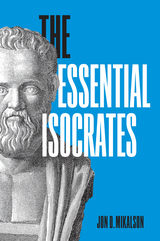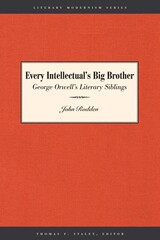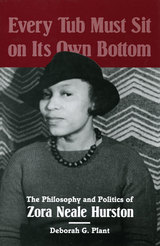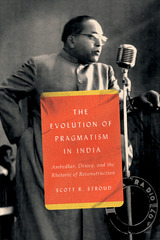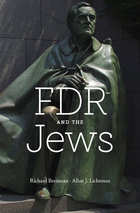Exploring Animal Energy in the Arid Zone: More Camels, Fewer Wheels
Leiden University Press, 2024
eISBN: 978-94-006-0465-0 | Cloth: 978-90-8728-418-3
See other books on: Animals | History | Middle East | Nature | Science
See other titles from Leiden University Press
eISBN: 978-94-006-0465-0 | Cloth: 978-90-8728-418-3
ABOUT THIS BOOK | AUTHOR BIOGRAPHY | TOC
ABOUT THIS BOOK
Every society has an energy profile, that is, an array of energy sources, ranging in complexity from human power to nuclear fusion, that can be ranked according to their relative importance to that society.
From about 4000 BCE onward, animal muscle power becomes integrated into the energy profiles of many societies. The forms this integration takes include riding, carrying burdens, pulling wheeled vehicles and sleighs, operating mills and irrigation devices, and pulling plows, threshing sleds, and other agricultural implements. The use of animal power varies from region to region. These variations can be understood as falling into six discrete zones. The distinctive features of the arid zone from Morocco to Mongolia constitute the primary focus of this book.
Successive chapters deal with caravan trading as a mode of production, the relationship between dairying and the availability of working animals, the spread of hybrid animal breeding (mules, bukhts, dzos) as an economic enterprise, and the integration of pastoral nomadism into the overall economy.
From about 4000 BCE onward, animal muscle power becomes integrated into the energy profiles of many societies. The forms this integration takes include riding, carrying burdens, pulling wheeled vehicles and sleighs, operating mills and irrigation devices, and pulling plows, threshing sleds, and other agricultural implements. The use of animal power varies from region to region. These variations can be understood as falling into six discrete zones. The distinctive features of the arid zone from Morocco to Mongolia constitute the primary focus of this book.
Successive chapters deal with caravan trading as a mode of production, the relationship between dairying and the availability of working animals, the spread of hybrid animal breeding (mules, bukhts, dzos) as an economic enterprise, and the integration of pastoral nomadism into the overall economy.
See other books on: Animals | History | Middle East | Nature | Science
See other titles from Leiden University Press

